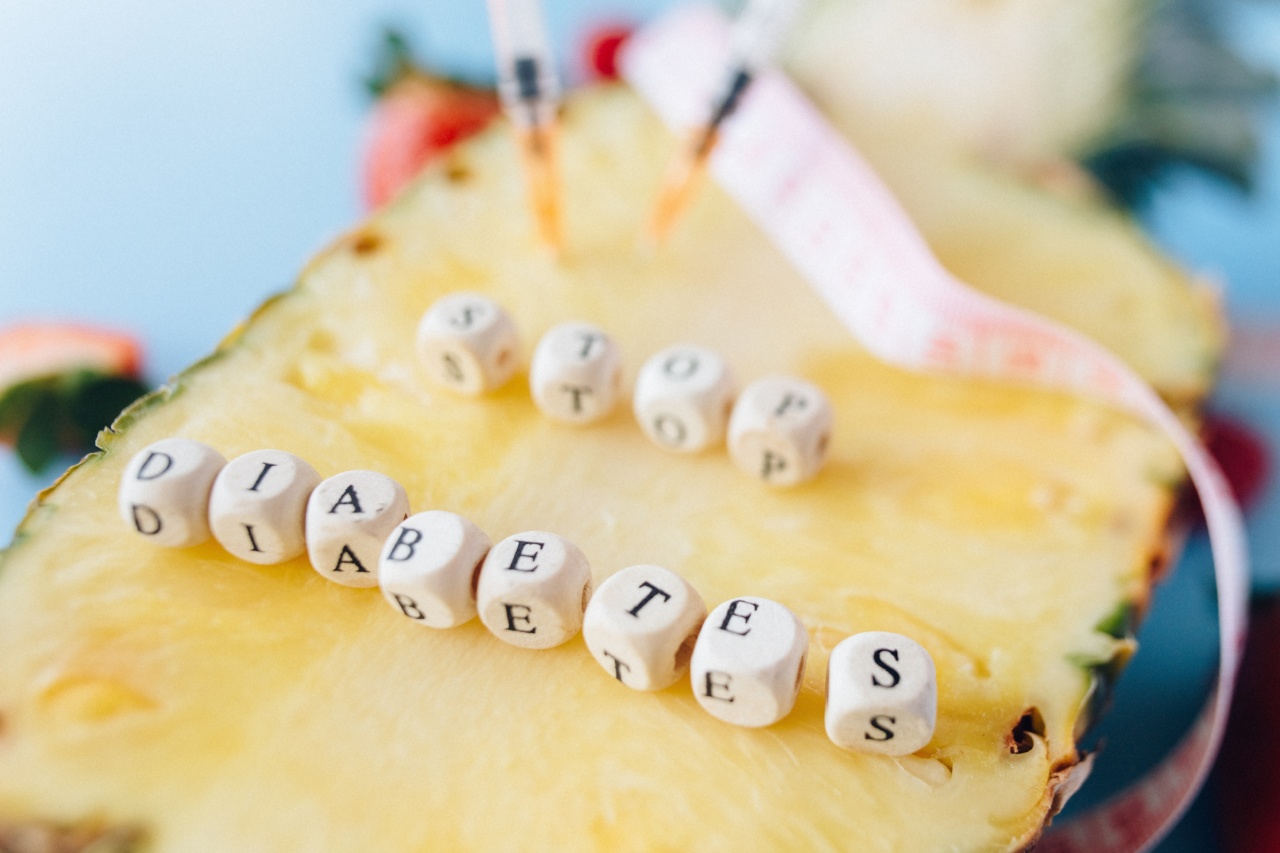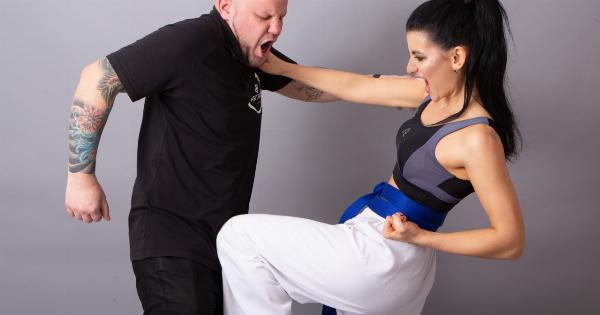Diabetes is a chronic condition that affects the body’s ability to regulate blood sugar levels. It takes a toll on the body and can lead to various complications, such as heart disease, kidney failure, and blindness.
The good news is that people with diabetes can manage their condition with lifestyle changes, including a healthy diet and physical activity. Movement techniques, in particular, have been shown to improve diabetes outcomes. This article will explore proven movement techniques to help control diabetes.
1. Aerobic exercise
Aerobic exercise is a type of physical activity that raises the heart rate and makes you breathe harder. It is also known as cardio exercise. Examples of aerobic exercises include walking, jogging, biking, swimming and dancing.
Aerobic exercise helps your body use insulin more efficiently, which reduces blood sugar levels. It also improves heart health, which is important since diabetes increases the risk of heart disease.
2. Resistance training
Resistance training, also known as strength or weight training, involves using weights or resistance bands to build muscle strength and endurance.
It offers numerous benefits for people with diabetes, including improving blood glucose levels, reducing insulin resistance, and enhancing overall health. Resistance training also helps to maintain bone density and prevent falls, which is important for people with diabetes who are at a higher risk of fractures due to nerve damage and low bone density.
3. Yoga
Yoga is a holistic practice that combines breathing exercises, physical postures, and meditation. It has been shown to improve glucose control, lower blood pressure, and reduce stress, which are all factors that can contribute to diabetes complications.
Yoga is also beneficial for improving flexibility, balance, and strength, which can reduce the risk of falls and injuries.
4. Tai Chi
Tai Chi is a Chinese martial art that involves slow movements with deep breathing and mindfulness. It has been shown to improve glucose control, reduce blood pressure, and lower stress levels.
Tai Chi is also beneficial for improving balance, posture, and flexibility, which can reduce the risk of falls and injuries. With regular practice, Tai chi can help people with diabetes to manage their condition and improve their overall health and well-being.
5. Pilates
Pilates is a low-impact form of exercise that focuses on developing core strength and stability. It involves fluid movements that improve flexibility, balance, and posture.
Regular pilates practice has been shown to improve glucose control, reduce insulin resistance, and increase energy levels, which can help people with diabetes to better manage their condition.
6. Dancing
Dancing is a fun and enjoyable form of physical activity that can be done alone or with others. It involves moving to music and can range from gentle movements to more vigorous routines.
Dancing is a great way to improve cardiovascular health, reduce stress, and lower blood sugar levels. It also helps to improve coordination, balance, and flexibility, which can reduce the risk of falls and injuries.
7. Walking
Walking is a simple and accessible form of physical activity that can be done anywhere and at any time. It is also low-impact, making it ideal for people with diabetes who may have joint problems.
Walking helps to improve cardiovascular health, reduce stress, and lower blood sugar levels. It also helps to improve circulation, which is important for preventing diabetes complications such as nerve damage and foot ulcers.
8. Swimming
Swimming is a great form of exercise for people with diabetes as it is low-impact and non-weight bearing. It helps to improve cardiovascular health, build endurance, and reduce stress levels.
Swimming also improves muscle strength and flexibility, which can reduce the risk of falls and injuries. However, people with diabetes should check their blood sugar levels before and after swimming, as it can cause hypoglycemia in some individuals.
9. Cycling
Cycling is a fun and enjoyable way to get exercise while exploring the outdoors. It helps to improve cardiovascular health, build endurance, and reduce stress levels.
Cycling also strengthens leg muscles and improves flexibility, which is important for reducing the risk of falls and injuries. People with diabetes should check their blood sugar levels before and after cycling and carry a source of quick-acting carbohydrates in case of low blood sugar levels.
10. High-Intensity Interval Training
High-Intensity Interval Training (HIIT) involves short bursts of high-intensity exercise followed by periods of rest or low-intensity exercise. It has been shown to improve glucose control, reduce blood sugar levels, and increase insulin sensitivity.
HIIT workouts are typically short and intense, making them a great option for people with busy schedules. However, they may not be suitable for everyone, particularly if you have any existing health conditions such as heart disease or joint problems.
Conclusion
Movement techniques can be an effective way to manage diabetes and improve overall health and well-being.
Aerobic exercise, resistance training, yoga, Tai Chi, pilates, dancing, walking, swimming, cycling, and HIIT are all proven movement techniques that can help control diabetes. It’s important to find an activity that you enjoy and can stick to in the long-term.
Always consult with your healthcare provider before starting a new exercise program, especially if you have any existing health conditions, and keep an eye on your blood sugar levels during and after physical activity.



























